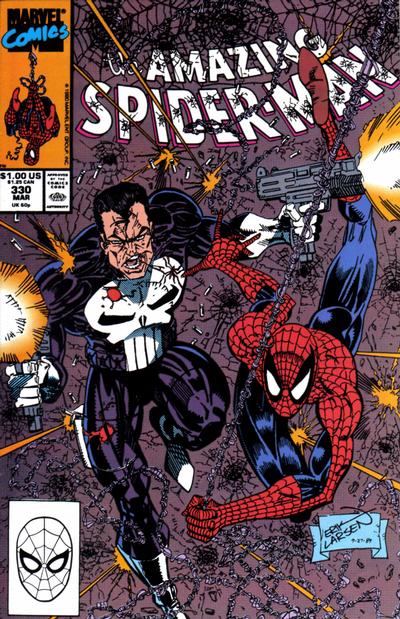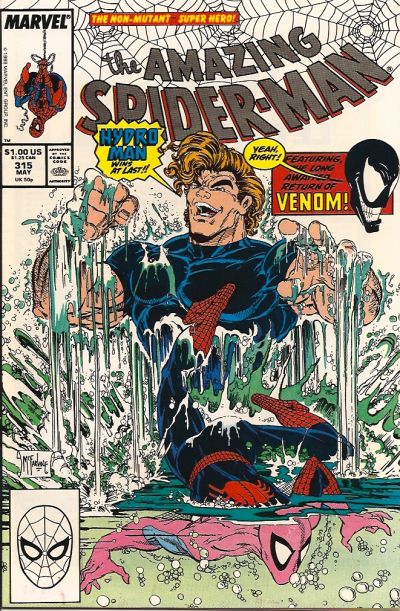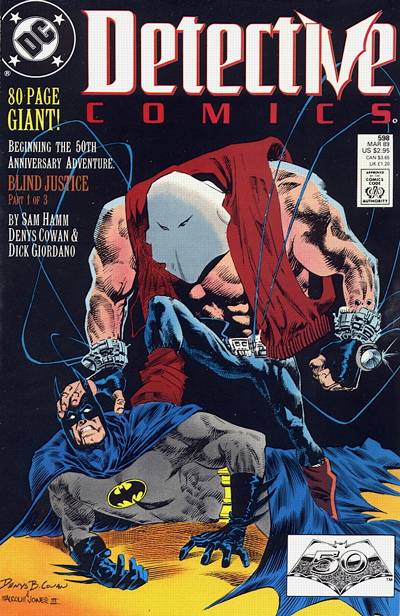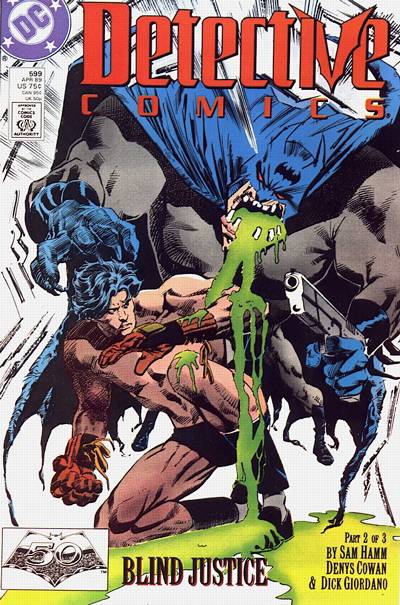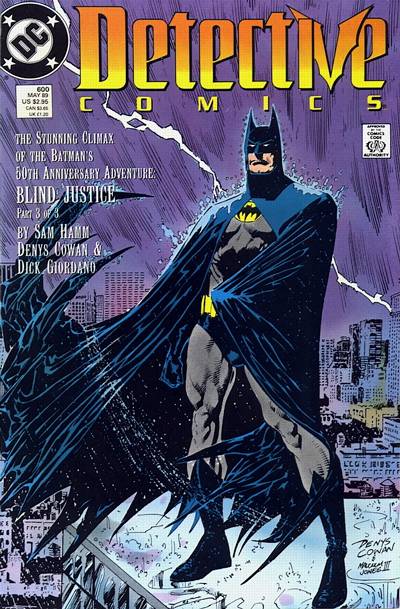A lot changed at the end of my third year at University of Arizona. My family was living in Phoenix, just off North 19th Avenue, way up north of West Bell Road. I don’t remember how, but I landed a summer job at a nearby Minit Lube. I mostly took service orders from cars that drove up, squeegeed windows, and vacuumed the floor mats.
Everyone has a job they survive. This was mine. The people were nice, and that was the best part of it. This was an open-air, drive-through oil change place. That meant you were not working indoors, where the Arizona summer temps could be tempered with air-conditioning. The boss was generous with using petty cash to get us Gatorade, water, or sodas from the Circle K next door several times a day to help us avoid dehydration, so that was nice. It paid slightly more than minimum wage — about $4 and change per hour.
But this was an especially cruel summer. On June 26, 1990, the temperature in Phoenix set a record: 126 degrees Fahrenheit — that’s 52 degrees Celsius for those of you who live outside the U.S. I was not working that day. I was home, with the shades drawn, the AC on, cold drinks in the fridge, watching movies on VHS in the dark.
At one point, I remembered I had left several music cassettes in my car and decided to save them. I put on flip-flops, grabbed my keys, and went out to the car. I opened the door and quickly grabbed the hot tapes, pulling my shirt out like an apron to carry them indoors. As I was walking back to the front door, I thought I had stepped in some gum. Looking down, I saw my flip flops were melting on the concrete driveway. I hurried inside and did not re-emerge until the rotation of the Earth had put a merciful end to the sun’s daily punishment.

A few weeks before that, my Star Trek fandom hit new heights with the broadcast of the third-season finale of Star Trek: The Next Generation: “The Best of Both Worlds.” What a stunner! The third season had really taken off, and the show was now firmly boldly going into new territory in exciting, well-crafted and thoughtful ways. I miss it.
I remember catching early that summer a couple episodes of The Flash on CBS, which clearly took a lot of visual inspiration from the Tim Burton Batman movie success of the year before. It didn’t click with me, and was canceled at that point after only one season.

In theaters, there was Warren Beatty’s Dick Tracy. This movie was very hyped in a clear attempt to emulate the success, again, of Batman. The miscalculation was in not realizing that Dick Tracy hadn’t been a character people cared about for decades at that point. There had been no resurgence of interest, or reframing of the character for the times, as Batman had gotten from The Dark Knight Returns and The Killing Joke. It was just an old comic strip, and the only strip back then that had any kind of active audience was Calvin and Hobbes.
Dick Tracy could have overcome that if the movie was better, but it wasn’t. It was a bunch of old actors putting on silly makeup to turn an old comic strip no one read anymore into a movie that no one really ended up caring much about. I haven’t seen the movie since it came out, though I do have a DVD somewhere of it.

Other cool stuff going on that summer included the release of Back to the Future, Part III, which prompted a thorough review on my part of the previous two films in that series. In the end, only the first is a really great film, but the others are at least entertaining.
Less interesting was Die Hard 2: Die Harder. Not at all up to the standards of the first one — a movie series of true diminishing returns.
It was Spider-Man #1 (Aug. 1990) that drew me back to AAA Best Comics. I had a day off work the day the issue came out, June 19, 1990, and decided to head over to Ken Strack’s shop to pick up a copy. He had moved down the street — he was always on North Seventh Street — into a slightly larger space.




He had ordered plenty of copies, and I picked up two each of the green cover and the silver cover, and one each of the green bagged edition and the black bagged edition. I believe the bagged editions are still unopened in my collection somewhere.
I distinctly remember Ken raving about a new DC series called Shade the Changing Man. The first issue was recently out, and he talked up the striking Chris Bachalo art. I can’t remember if he gave it to me or if I paid for it, but I found myself agreeing with him that it was cool, and coming back for the next issue for at least the next two or three years.



It was overall a fun time to be reading comics, which still were cheap. Most DC and Marvel series cost $1 per issue, which made it easy to buy a stack of new, untried books for not a lot of money.
Marvel had this new-series program, where they introduced a new first issue each month for the first half of 1990. Among them were Ghost Rider, the John Byrne She-Hulk, The New Warriors, Guardians of the Galaxy, Byrne’s Namor: The Sub-Mariner, and McFarlane’s Spider-Man.
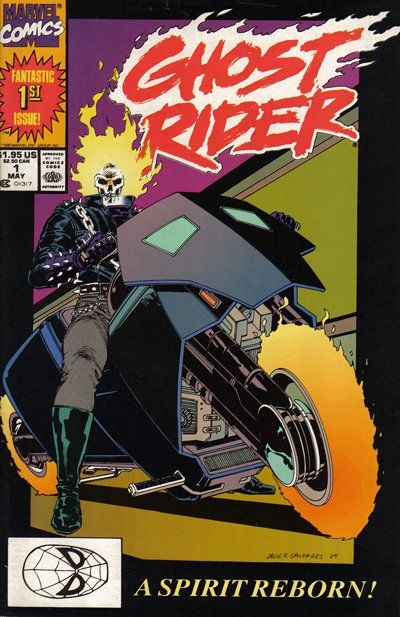




I was in on Spider-Man and Namor. The others, for whatever reason, struck no nerve with me. With Namor, the appeal was the art. Byrne was using duotone paper that gave his work a new element. And he had some good ideas for the character that made for a really fun read, namely having Namor forage lost treasure from the ocean floor to turn himself into a captain of industry.



I was still reading comics that summer. I recall really enjoying the various Batman and Star Trek series.



X-Men was in an unusual but still very interesting place. In the main X-Men title, writer Chris Claremont split up the team after Inferno and scattered them across the world. Many found completely new identities, with older characters fading away and new ones, as always, coming in. There were a lot of single-issue stories, with the overarching story building in the background — sometimes so deeply, it wasn’t clear to the reader, or even perhaps to Claremont himself, where things were going and how. These were the last Marc Silvestri issues, which were followed by a series of fill-in artists awaiting the inevitable arrival of heir apparent Jim Lee later in the year.




Fans were impatient with this approach to X-Men.
I recall reading in a copy of the Comics Buyers Guide a letter from a fan who answered another fan’s letter asking what the hell was going on in X-Men. The reply letter ended with a plea to Claremont to return to more conventional comic book storytelling, and a note from the CBG editors stating they paid the letter writer a small fee for all the work he put into answering the question.

The introduction of Gambit was much hyped, though the execution of it was a mess. It took a while for the comics to find some space in which to convey anything about him that wasn’t superficial. And I remember reading that Days of Future Present crossover between the Fantastic Four, The New Mutants, X-Factor and X-Men annuals, and being flat out unable to make sense of it. There was some nice Art Adams art in the X-Men episode, though.




The other X-Men titles seemed like they were in a bit of another universe. Excalibur’s Cross-Time Caper seemed to go off the rails a bit as Alan Davis wasn’t drawing every issue and there were even a few writing fill-ins for Claremont. The momentum, clarity and humor the book had in its earlier days burned off quickly and the title soon was passed around the Marvel office like a hot potato.
The same was true for Wolverine. After the solid but underwhelming arc by Archie Goodwin, John Byrne and Klaus Janson, there were fill-ins galore with a variety of artists and writers. And these issues came out while the book was published twice monthly in the summer months. These were supposed to be highlight issues, top stuff meant to drive traffic into comics shops. And it was far from special material.



In Louise Simonson’s corner, X-Factor had been a bit lost since Inferno, and in 1990 also was rotating through a series of fill-in artists drawing stories that at best were treading ground. I understand there were plans for Cyclops and Marvel Girl to finally marry and be parents to baby Nathan, but soon crossovers and changes in creative direction would push back that actually happening for years.
I had stopped reading The New Mutants shortly after Inferno. But Ken recommended issue #93 to me, and I was indeed impressed at Rob Liefeld’s more testosterone-driven take on these characters. That issue had Wolverine both inside and on the cover fighting Cable. I quickly put together the issues I had missed, which was very easy — I paid $3 for issue #87, which is now a key from that time.

As up and down as Marvel was, DC was even more more hit and miss. I tried Green Lantern, with the original Emerald Dawn series, followed by a regular title. This character just didn’t work for me. It was the same with Lobo. Everyone went ape-shit crazy for this character, but it was all one joke to me, and not one I found funny at the time.



I did very much like Justice League, which at the time was the brainchild of J.M. DeMatteis and Keith Giffen, and really quite funny.
Another title Ken recommended to me was Doom Patrol, by Grant Morrison. This was my first Morrison book, and it immediately stood out as something different, daring, and fun to read. I came on with issue #32, and it was years before I filled in Morrison’s run back to #19. But I bought every issue going forward and really enjoyed that book.



It was a quiet summer, to be honest. I was looking forward to going back to university in the fall, mostly because I had been hired as a reporter for the Arizona Daily Wildcat and was really excited to be a part of that team and to finally get some real experience in my chosen field of study.
For comics, it was in some ways the quiet before the storm.
These books were still enjoyable and worth buying while they were so cheap. But they also weren’t really satisfying, either.
When the bottom didn’t fall out after the year of the Batman movie, it felt like there was an explosion waiting to happen. That there were new heights to reach. That all it would take was the right book at the right moment, and comics would vault out of the shadows and into the mainstream. The signs were there, with an influx of brash boys in comics shops wondering aloud why Batman doesn’t use guns, or why Marvel doesn’t make Todd McFarlane draw Wolverine, or expressing in plainly lustful language their admiration for Jim Lee’s latest rendering of a swimsuit-clad Psylocke.
All things in their time.






